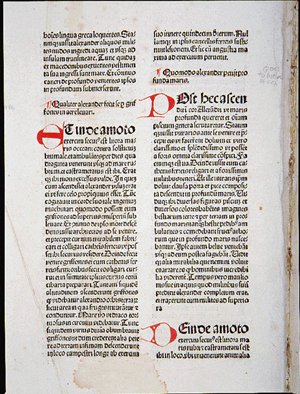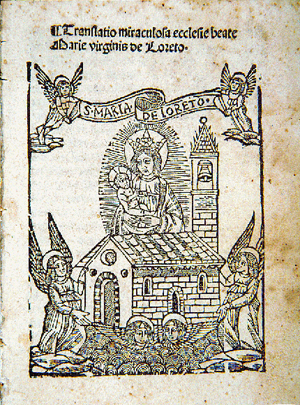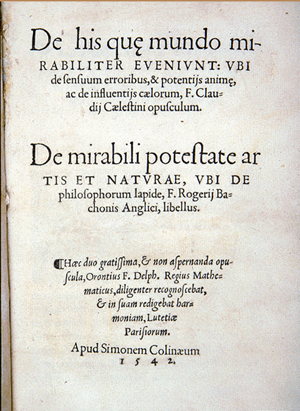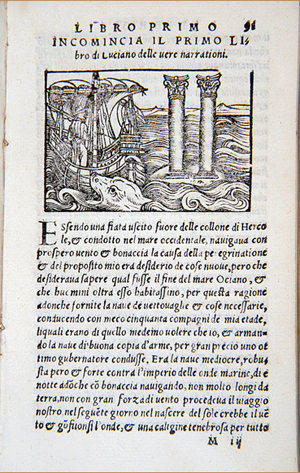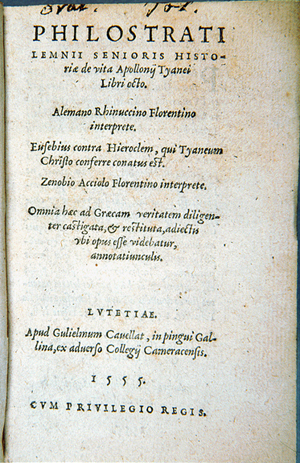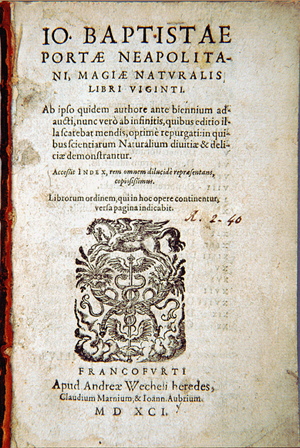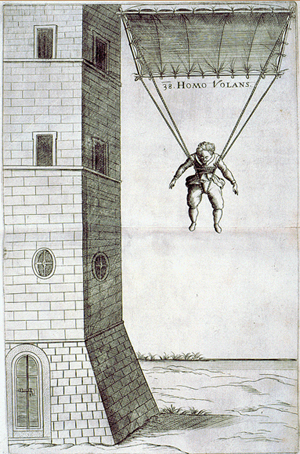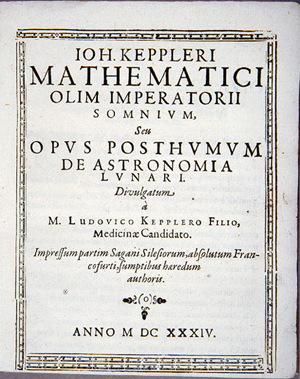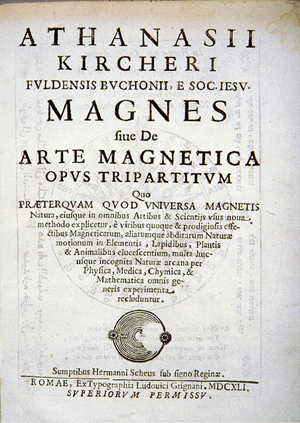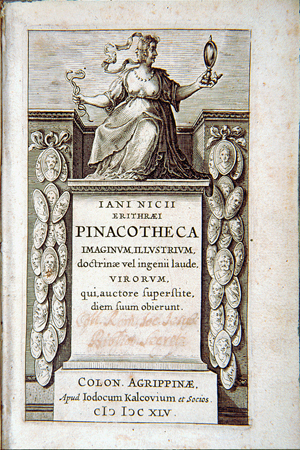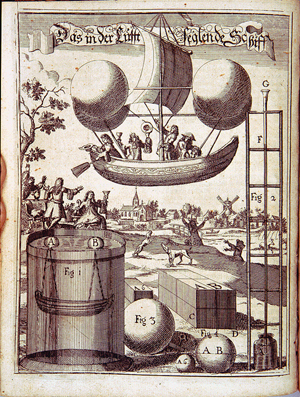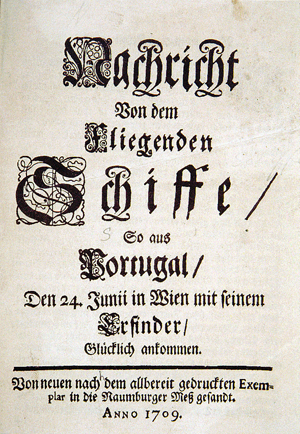Introduction By Clive Hart
The Colonel Richard Gimbel Aeronautical History Collection is especially valuable in containing items that bear on the very early history of aviation in a wide variety of ways. In addition to rare books and pamphlets from the time of the first balloon ascents and tracts offering designs for heavier-than-air machines, there are books of flying legends (many of them attractively illustrated), imaginative tales in both verse and prose of voyages to the moon and planets, books of scientific theory and quasi-scientific speculation, treatises on the flight of birds, and works of angelology that examine the human aspiration to flight from the point of view of religious belief.
The diversity of the collection greatly facilitates the wide-ranging interdisciplinary studies that are necessary if the technological achievements of the early modern period are to be properly understood. The development of winged aircraft was delayed not only by inadequate technology and the failure of all experimenters before the nineteenth century to understand the basis of bird flight but also by the deep-seated unease of many thinkers. The doubts of philosophers and theologians and the generally negative response of the early Christian church had a notable effect on the speculators. Although flying prophets and other men of virtue figure frequently in pagan myth and religion, early Christianity wished to reserve almost all virtuous flight for the seraphs. Ordinary angels were not represented as winged until some centuries after Christ. For Christians, flight through the atmosphere was most clearly associated with demons, sorcerers, and (later) witches. (Contrary to popular opinion, witches were an obsession of the Renaissance rather than of the Middle Ages.) Satan was “the prince of the power of the air” (Ephesians 2:2) and any man who aspired to fly might be thought potentially in league with him. At times more positive effects of Christian thought and iconography can nevertheless be perceived: the joyous story of the aerial journey of Mary's house in Terameno's little tract (see Terameno, Translatio, ca. 1495) caught the imagination of designers of large machines.
The collection includes many books of importance not described here. There are early editions of John Donne, John Milton, Ovid, Johannes Sambucus, and Alfred Tennyson, all of scholarly and bibliographical interest. Early and rare books on fireworks bear on the history of rocketry. There are works by the British astronomer Sir John Frederick Herschel and other important astronomers and scientists. The shelves also hold a large number of items from among the thousands of publications that appeared in the two or three years following the first ascent in a Montgolfier balloon in 1783. These include not only the best-known books and pamphlets in French and English but also an especially rich collection of publications in Italian. Together with these is a large and valuable collection of the many satirical plays, vaudevilles, squibs, and broadsides published, mainly in French, in the years immediately following the Montgolfiers' success. (Perhaps the only collection to rival the Gimbel in that respect is the Bibliothèque de l'Arsenal, Paris.) The books described in this section and those in the Appendix inevitably represent no more than a sample. Although I have tried to identify items that reveal the special qualities of the Gimbel collection, other choices could readily have been made.
Following the standard bibliographic data for each item in this and the next section (Printed Books, 1851-1914), the Gimbel collection call number is identified. Additionally, where appropriate, references are given to corresponding entries in such standard bibliographies as Hain, Brockett, Gamble, and Randers-Pehrson (the last coded R-P) listed in the “Printed Books, 1489-1850” section of the Bibliography of this program. For books published before 1701, numbers are given for the Pollard or Wing short-title catalogues coded STC and also listed in the Bibliography. If an entry in the Bibliography refers not to the holding in the Gimbel collection but to a closely related book or edition, the number is placed in brackets. Finally, and again where appropriate, other copies and editions in the Gimbel collection of the item described are noted. Thus for Historia Alexandri, the first item described in this section, the Gimbel call number is AC10.A4 1489, and “Hain 780” refers to the number of the relevant entry in Ludwig Hain, Reportorium bibliographicum. 4 vols. Stuttgart and Paris, 1826-1838 (listed in the Bibliography of this program).

